Improving the Health and Fitness of Children for a Lifetime of Health
The benefit of youth sports plays an important role as the conduit through which children learn important life lessons, values, compassion, and good ethics. It is that relationship between sports skills and life skills that provide our young athletes with the fundamentals they need to succeed both on and off the playing field.
According to the National Council of Youth Sports (NCYS) Report on Trends and Participation in Organized Youth Sports there are more than 60 million registered participants in organized youth sports programs. Some youngsters play more than one sport so that number equates to about 44 million actual boys and girls.
The benefits of youth sports promote healthy lifestyles and safe environments for stronger neighborhoods and more wholesome communities. A primary goal in youth sports is to encourage active participation by all youth in healthy physical activities according to their age, interests, and abilities. And, it is important to keep it fun so kids want to continue to play sports.
Sports and life is about achieving one’s personal best. Organized youth sports instill confidence in young athletes to be part of a team and to make new friends in a safe environment. In addition, youth sports develop positive attributes including healthier lifestyles, self-esteem, fair play, and good citizenship. There is a powerful, positive connection between the many great qualities of organized youth sports participation, good character development, better health, and academic success.
The Datalys Center for Sports Injury Research and Prevention specializes in the collection and analysis of injury, health outcomes, and other types of data from sports organizations and other physically active populations. Dr. Erin Snook, PhD, Chief Science Officer of the Datalys Center says, “A lot of research has examined the impact of sports on physical and psychosocial health in children and adolescents. Overall the research has shown youth sport participants have higher levels of physical activity that positively influence physical and psychological health in adolescence and later in life.”
Here are some “Sport Facts” that Datalys shares on the Benefits of Youth Sports.
Physical Health
Youth Athletes have:
- Higher levels of physical activity and they expend more energy daily
- Less body fat
- A reduced risk of becoming overweight or obese
- Higher levels of cardiorespiratory fitness
- Stronger bones and muscles
- An increased likelihood of being physically active later in life
Social Well-Being
Sports can provide:
- Opportunities to make new friends
- Exposure to positive role models
- Opportunities to travel
Psychological Health
Youth athletes have:
- Higher levels of self-esteem and social connectedness
- Lower levels of depression
- Lower levels of suicidal ideation, thoughts, and attempts
- Lower levels of problem behaviors (aggression problems, social problems, and delinquency problems)
Academic Performance
- Middle and high school athletes have higher grade point averages than non-athletes
- Grade point average increases as the number of sports teams participated in increases
- High school sports participation is associated with higher graduation rates and lower dropout rates
- Youth athletes miss less school and are more likely to attend college
Health Behaviors
Sports participation has also shown to be associated with positive health behaviors. Youth athletes report:
- Consuming more fruits and vegetables
- Being less likely to smoke cigarettes
- Watching less television
- Being more satisfied with their weight
Results from a recent study, USTA Serves Special Report, More Than a Sport: Tennis, Education and Health, backs up the Datalys research showing that, when compared to non-athletes and participants in many other sports, young people who participate in tennis get better grades, devote more hours to studying, think more about their future, aspire to attend and graduate from college, and have lower suspension and expulsion rates. It was found that players reported lower rates of unhealthy behavior such as drinking and smoking, and are less likely to be overweight or become obese. Other studies back up these reports that there is evidence-based research to show that youth who play sports get better grades, plan to attend college, and are more community minded.
Health, Wellness, and Nutrition
The benefits of physical activity are numerous. The obvious benefit is to burn calories while building a stronger body. And now there is new research that “an active body results in a more active mind.” Also, activity and fitness will prevent sickness and health issues. Thomas Frieden from the CDC recently said, “Physical activity really is a wonder drug. It makes you healthier and happier, you live longer.”
According to the Sports & Fitness Industry Association, formerly the Sporting Goods Manufacturers Association, physical education (PE) benefits are broad and powerful. No PE results in children who are two times more likely to become sedentary. Physical education prepares children to be physically and mentally active, fit, and healthy...for life.
Recent research by the Physical Activity Council emphatically shows that children in PE are less sedentary and participate in more activities outside of school. With 48% of all high schools having no PE and no State mandating grades K-12 to have 30 minutes per day of PE and Health as part of its curriculum, is it any wonder why we are fighting an obesity and sedentary crisis?
Healthy Kids Out of School
Tens of millions of children participate in out-of-school-time programs, which have been identified as a promising area for obesity prevention efforts. Maintaining a healthy body is equally important both on and off the field. Sports leagues and other out-of-school-time organizations can play a key role in promoting health and wellness programs that can impact not only the players, but coaches and families as well.
Recognizing this opportunity, the Healthy Kids Out of School program was created by ChildObesity180 in collaboration with Tufts University. The initiative convened leaders from nine of the nation’s leading out-of-school-time organizations to develop and adopt universal nutrition and physical activity principles from a broad list of evidence-based recommendations for combating childhood obesity.
The nine leading organizations include Boy Scouts of America, Girl Scouts of the USA, the National 4-H Council, the National Council of La Raza, the National Council of Youth Sports, the National Urban League, Pop Warner, US Youth Soccer, and YMCA of the USA. Together, leaders from these organizations helped Healthy Kids Out of School to develop three guiding principles for out-of-school-time programs; they are:
Drink Right:
Choose water instead of sugar-sweetened beverages
Move More:
Boost movement and physical activity in all programs
Snack Smart:
Fuel up on fruits and vegetables
Implementing nutrition and physical activity principles across organizations and connecting these programs with vital resources will provide greater consistency in the out-of-school-time environments where children spend their time, ensuring that they have healthy environments in which to live, learn, and play.
Advocacy
As an industry, youth sports programs come together with a united voice encouraging parents, coaches, volunteers, and administrators to promote the value of participation through advocacy and education. There is power in numbers, so working on issues common among the youth sports industry while supporting and benefitting sport on all levels makes a positive difference.
Collectively, we speak out on important issues and contribute to legislation affecting fields and facilities, advocate for the protection and safety of our children, fight obesity, promote physical activity and fitness, and influence other important youth sports industry public policy concerns.
For example:
- A couple years ago the youth sports industry joined forces with other influential groups to successfully pass the Land & Water Conservation Fund bill. LWCF protects the land so it does not become overdeveloped and is available for athletic fields and facilities and recreation. From the casual participant to extreme adventurer, outdoor recreation is a critical catalyst for healthy living for athletes and enthusiasts of all abilities. LWCF is one of the most important funding vehicles preserving and expanding access to outdoor recreation areas, enabling millions of Americans to enjoy physical activity.
- Other important pieces of legislation the youth sports industry supports are physical education bills such as PEP (Physical Education Program). PEP puts quality physical education back in the schools as part of the curriculum. As an industry we advocate for more educational funding for schools and community-based organizations to implement and expand K-12 physical education programs. Youngsters who enjoy physical activity in the schools are more likely to play after-school grassroots youth sports. If the national health objectives are to be achieved, coordinated efforts involving schools, communities, and policy makers are needed to provide daily, quality PE for all youth.
- Together we promote legislation for family sports and fitness through legislation that empowers Americans to be active, healthy, and fit for a lifetime. And we support legislation such as Title IX providing equal opportunities in sport for children all ages, backgrounds, genders, and economic diversities.
Education - Quality Coaching and Parenting
There is no one single source of expert advice on coaching and parenting or even for administrators, but there are good quality resources available. Be certain you have done your homework and are accessing the best of the best.
Quality education programs should be comprehensive, user-friendly, and affordable. Online courses like a Certified Sports Administrator and Human Kinetics coaching education are ideal for youth sports administrators, leaders, managers, volunteers, coaches, and parents who do not have the time to attend an in-person classroom setting. Be certain you can bookmark your spot so you can exit and re-enter the course, giving the opportunity to learn at your own pace.
At the youth level where coaches work with athletes under 14 years of age, the courses should emphasize athlete development and discourage the win-at-all-costs philosophy. The courses should also teach youth coaches how to manage all aspects of their role, instruct players in performing techniques and executing team tactics, and conduct efficient and appropriate practice sessions.
Coaches influence athletes at every level of sport. Through effective Sports Safety for Youth Coaches education, coaches can acquire the tools they need to be more successful in their roles and help ensure their impact is a positive one.
Regarding concussion…What is important is that there are free tools for youth and high school sports coaches, parents, athletes, and health care professionals that provide important information on preventing, recognizing, and responding to a concussion. Concussions don’t only happen to athletes on the playing field. They happen in schools, playgrounds, bike riding, and beyond. The CDC’s Heads-Up initiative has some excellent tools regarding concussion awareness, improved prevention, recognition, and response to concussion and other serious brain injuries. And there are organizations such as the National Sports Concussion Coalition that address the risks of concussion at all age levels (youth to pro), promote evidence-based research, and provide facts about head injury and player safety. Beware of scare tactics and be sure you are receiving evidence-based information.
Safety and Criminal Background Screening
Another positive aspect of organized youth sports are the responsible and useful resources to the parents, coaches, and key stakeholders providing access to tools like PrivIt’s Electronic Pre-Participation Evaluation. E-PPE replaces paper forms to a secure online solution. It has a military-grade encryption and is HIPAA and FERPA compliant to keep the athletes’ data safe. Parents and athletes no longer need to fill out pages and pages of medical forms by hand repeatedly with the same information for each activity. If the parents have more than one child, the family history information is transferred over to the other child automatically. Up to 90% of potential health issues can be identified through medical history. This resource not only helps improve the health and safety of the athlete but it also reduces the liability exposure for organizations and teams.
It was in 2002, at the request of its members, the National Council of Youth Sports (NCYS) began work on what has become their hallmark program. Insurance companies were beginning to drop child abuse and molestation from youth sports organizations insurance policies. The NCYS took the lead and was named in a piece of federal legislation known as the Protect Act of 2003, working on a pilot program with the FBI to end the exploitation of children.
The public advocates seeking rapid, reliable, comprehensive, complete, and affordable criminal background screening which fingerprint screening was not accomplishing. In 2004, the National Center for Safety Initiatives (NCYS) was founded. NCSI is a comprehensive resource for background screening programs dedicated to the protection of children. NCSI uses a pool of qualified best-in-class providers, vendors, and processes to ensure client organizations will meet and exceed their due diligence.
One of the first organizations to come onboard was the United States Olympic Committee for the Olympics, the Paralympics, and the Pan Am Games. Today, NCSI is the choice of many of the world’s most renowned and reputable organizations and corporations.
Together NCSI and NCYS, along with the insurance industry, created the “NCYS Recommended Guidelines as The Gold Standard of Best Practices for Background Screening and Managing Risk In Nonprofit Youth-Serving Organizations©.” This important tool and vital resource was established to assist those who are responsible for the children in youth programs to no longer have to reinvent the wheel of minimum standards for policies, procedures, and best practices.
In order to assist all organizations to better serve the interests of those who participate in athletic activities, the NCYS established the NCYS Codes of Conduct Template©. The template offers general principles to guide the conduct and the judicious appraisal of conduct of all the organizations’ participants (including employees and agents) in situations that have ethical implications. This valuable tool is provided as a guide to affirm the will of all participants to safeguard the best interests of the sport by acting ethically at all times.
IN SUMMARY
Youth sports provides youngsters a chance to have fun and develop life skills which will translate into other areas like perseverance, a good work ethic, and team work. Healthy minds and healthy bodies are all improved through youth sports. In organized youth sports we encourage healthy lifestyles for a lifetime through physical activity.
Qualities of good character are taught in youth sports at an early age and applied throughout one’s lifetime. Some of these qualities of character are compassion, determination, friendship, loyalty, faith, honesty, work, courage, responsibility, self-discipline, leadership, and teamwork.
The youth sports industry is quite varied representing athletes in all sports, all demographics, and of all diversities in sport, in skill, in performance, in rules, and lots more. But philosophically we are united as one with a common purpose – to enhance the youth sports experience in America for the betterment of youth, of sport, and of society for today and for generations to come!

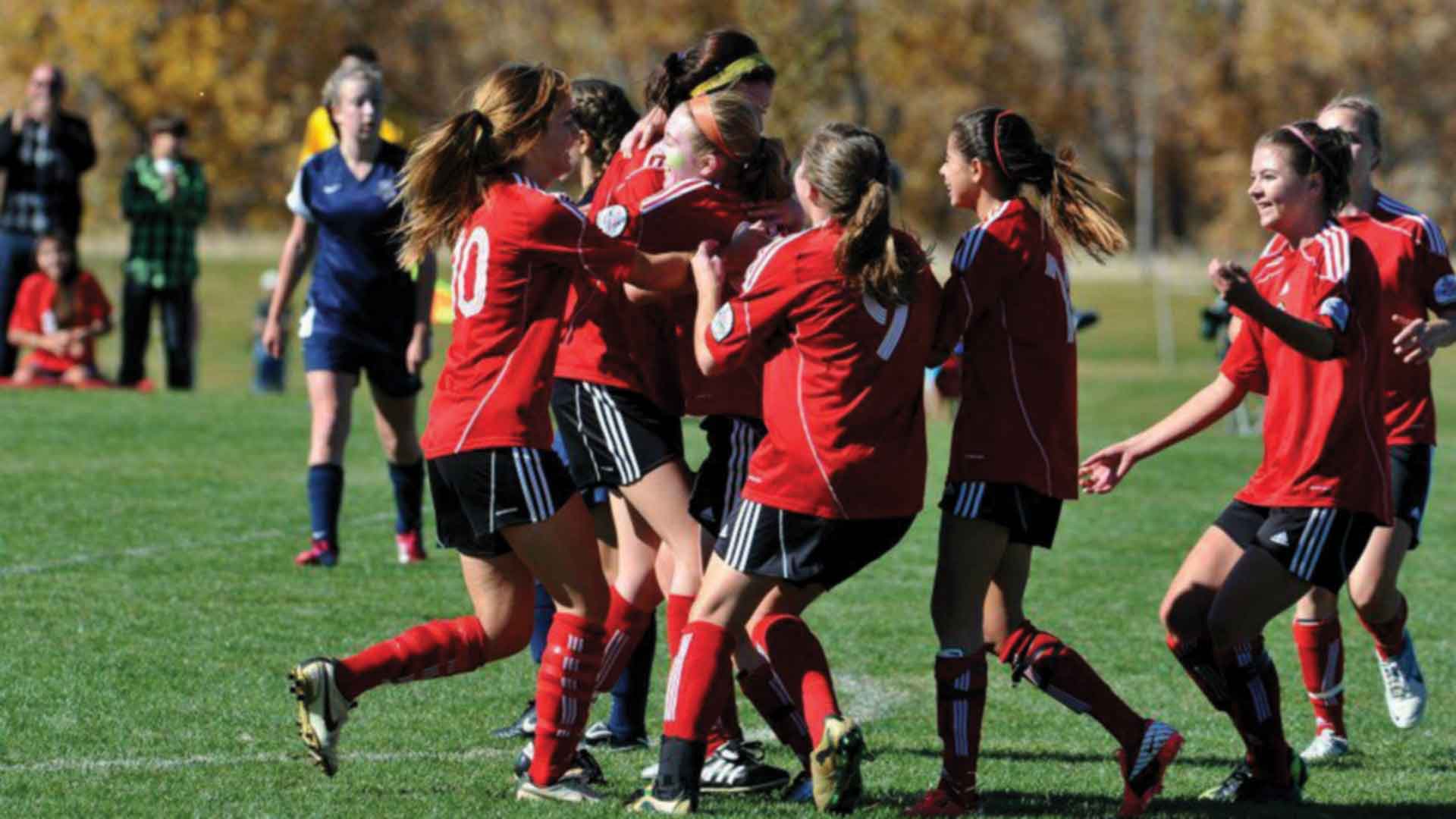

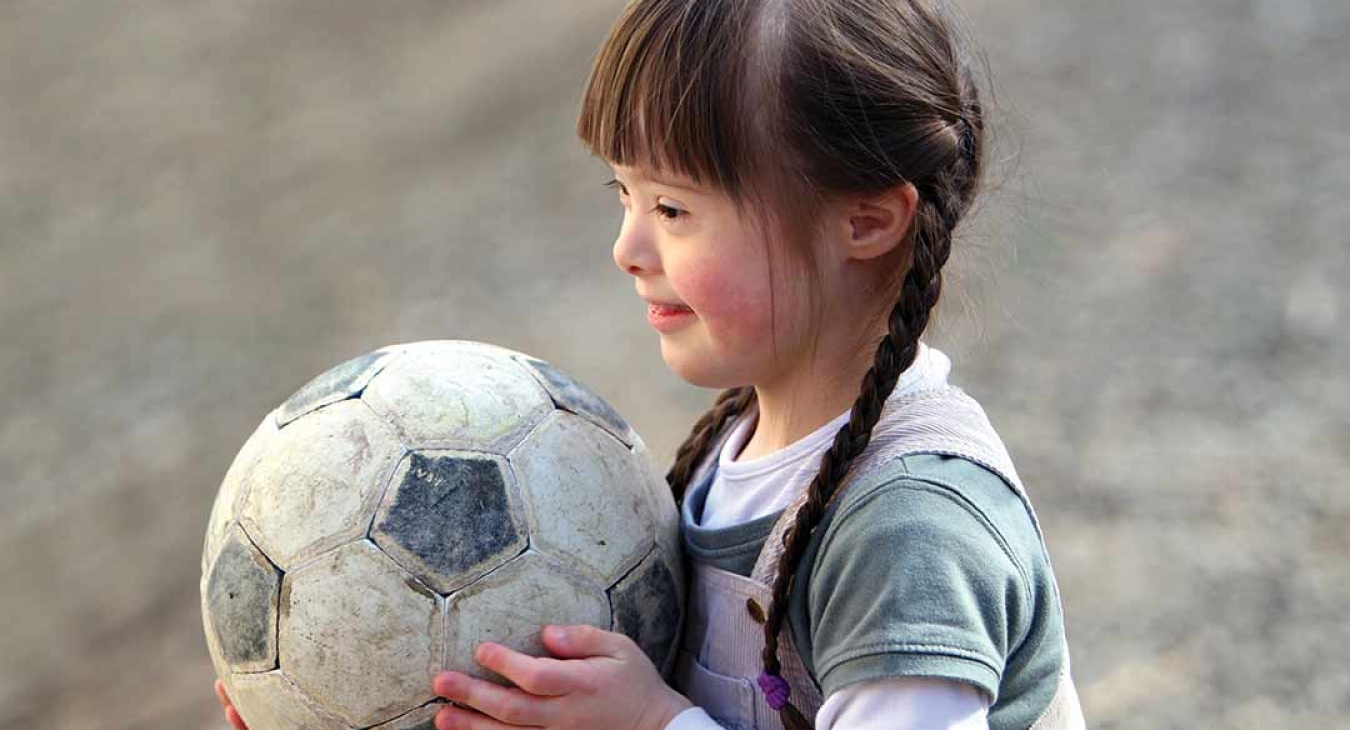
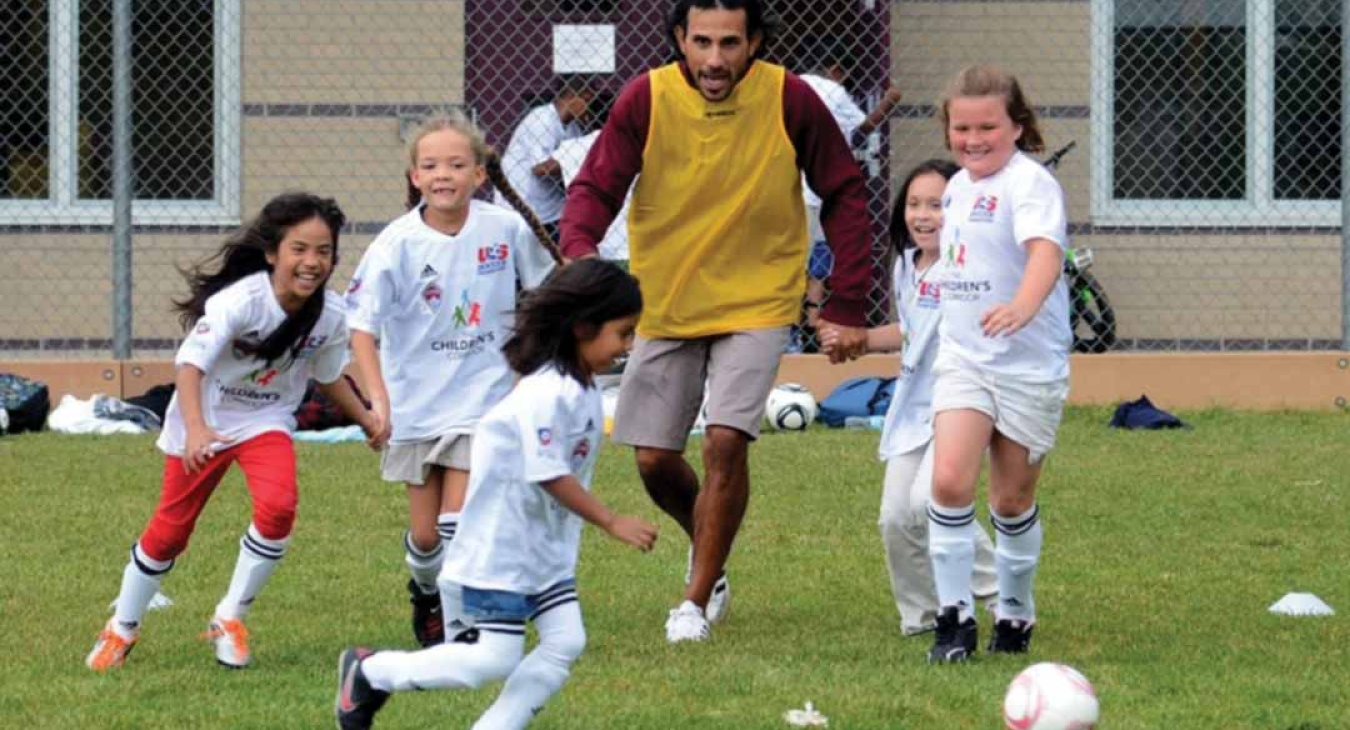



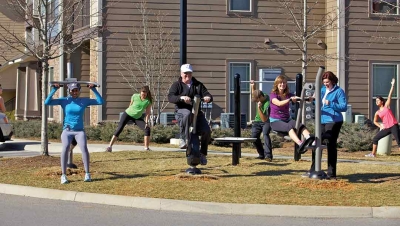
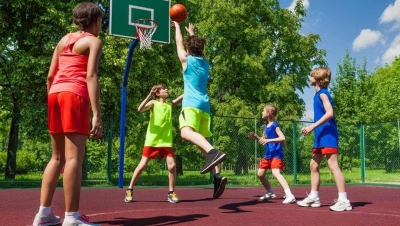









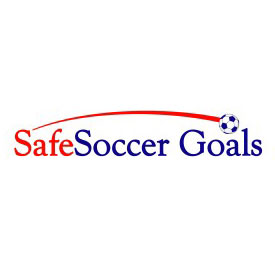





Add new comment